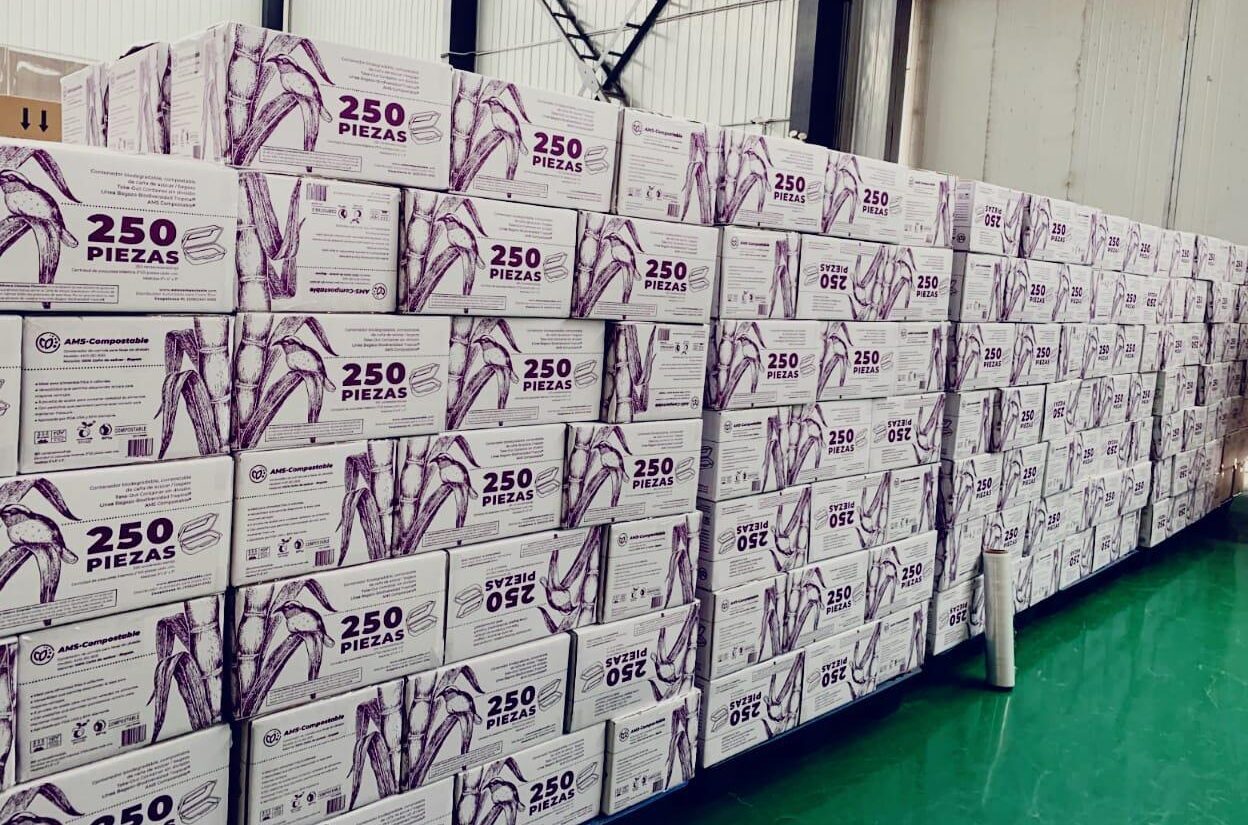
Life´s continuity
The benefits of compost and composting
We are only at the very beginning of an understanding of all the parts of this cycle of life. But we are learning that upsetting the life patterns of only one kind of plant or animal, even in a seemingly minor way, can have effects on many other living things. All the environmental problems we face are rooted in a failure to appreciate the need to understand the life cycle and to keep it intact. We can use our understanding of the relationships of living things in active ways, too, to increase the productivity of our fields, forests, orchards, and gardens. Composting is one way to use our understanding of life´s cycle in the furthering of our welfare.
Compost is more than a fertilizer, more than a soil conditioner. It is a symbol of continuing life. The compost heap in your garden is an intentional replication of the natural process of birth and death which occurs almost everywhere in nature. Because the compost heap is symbolic of nature´s best efforts to build soil, and because compost is the most efficient and practical soil builder, it has become the heart of the organic method of farming and gardening.
Compost builds good soil texture and structure, qualities that enable soil to retain nutrients, moisture, and air for the support of healthy crops. Compost helps control erosion that otherwise would wash topsoil into waterways. Compost is the best recycler of man´s biological wastes, turning millions of tons of our refuse into food-growing asset. Compost provides and releases plant nutrients, protects against drought, controls pH, supports essential bacteria, feeds helpful earthworms, stops nutrient loss through leaching, acts as a buffer against toxins in the soil, controls weeds, stretches the growing season and conserves a nation´s nonrenewable energy resources.
The two most important aspects of a compost pile are the chemical makeup of its components and the population of organisms in it. Compost piles are intricate and complex communities of animal, vegetable, and mineral matter, all which are interrelated, and all of which play a part in the breakdown of organic matter into humus. Composting is the result of the activities of a succession of organisms, each group paving the way for the next group by breaking down or converting a complex biodegradable material into a simpler or more usable material that can be utilized by its successor in the chain of breakdown. Generally speaking, the “simpler” is the molecular structure of the material, the more resistant it becomes to microbial attack and hence, the more biologically stable it becomes. Whether the decomposition process takes place on the forest floor or in a gardener´s compost heap, the biochemical systems at work are the same, and humus is always the result.
How compost is produced
The road from raw organic material to finished compost is a complex one, because both chemical and biological processes are responsible for the gradual change from one to the other.
Decomposition of compost is accomplished by enzymatic digestion of plant and animal material by soil microorganisms. Simultaneously, chemical processes of oxidation, reduction, and hydrolysis are going on in the pile, and their products at various stages are used by microorganisms for further breakdown.
The raw materials that you add to your compost heap will have to be of biological origin to decompose down to finished compost. Wood, paper, kitchen trimmings including vegetable matter, crop leavings, weeds, manure, etc., can all be included in the heap. As compost is broken down from these raw materials to simpler forms of proteins and carbohydrates, it becomes more available to a wider array of bacterial species that will carry it to a further stage of decomposition. Through complex, biochemical processes, these substances and the rest of the decomposed material form humus.
Nutrients must be present in the correct ratio in your compost heap. The ideal carbon: nitrogen (C/N) ratio for most compost microorganisms is about 25:1, though it varies from one compost pile to another. When too little carbon is present, making the C/N ratio too low, nitrogen may be lost to the microorganisms because they are not given enough carbon to use with it. It may float into the atmosphere as ammonia and be lost to the plants that would benefit by it when it would become part of humus. Materials too high in carbon for the amount of nitrogen present (too high C/N) make compost inefficient, so more time is needed to complete the process. When added to the soil, high-carbon compost uses nitrogen from the soil to continue decomposition, making it unavailable to growing plants.
Affecting the interwoven chemical and microbial breakdown of the compost heap are environmental factors that need to be mentioned here.
Composting can be defined in the terms of availability of oxygen. Aerobic decomposition means that the active microbes in the heap require oxygen, while in anaerobic decomposition, the active microbes do not require oxygen to live and grow. When compost heaps are located in the open air, as most are, oxygen is available and the biological processes progress under aerobic conditions. Temperature, moisture content, the size of bacterial populations, and availability of nutrients limit and determine how much oxygen your heap uses.
The amount of moisture in your heap should be as high as possible, while still allowing air to filter into the pore spaces for the benefit of aerobic bacteria. Individual materials hold various percentages of moisture in compost and determine the amount of water that can be added. For example, woody and fibrous material, such as bark, sawdust, woodchips, hay and straw have the capacity to hold up to 75 to 85 percent of moisture. “Green manure”, such as lawn clippings and vegetable trimmings can hold 50 to 60 percent moisture. The moisture content becomes a limiting factor when it drops below 45 or 50 percent.
Temperature is an important factor in the biology of a compost heap. Low outside temperatures during the winter months slow the decomposition process, while warmer temperatures speed it up. During the warmer months of the year, intense microbial activity inside the heap causes composting to proceed at extremely high temperatures. The microbes which decompose the raw materials fall into basically two categories: mesophilic, those that live and grow in temperatures of 50° to 113°F. (10° to 45°C), and thermophilic, those that thrive under temperatures of 113° to 158°F. (45° to 70°C). Most garden compost begins at mesophilic temperatures, then increases to the thermophilic range for the remainder of the decomposition period. These high temperatures are beneficial to the gardener because they kill weed seeds and diseases that could be detrimental to a planted garden.
The bacterial decomposers in compost prefer a pH range of between 6.0 and 7.5, and the fungal decomposers between 5.5 and 8.0. Compost must be within these two ranges if it is to decompose. Levels of pH are a function of the number of hydrogen ions present (high pH levels indicate alkalinity; low levels, acidity). In finished compost, a neutral (7.0) or slightly acid (slightly below 7.0) pH is best, though slight alkalinity (slightly above 7.0) can be tolerated.
Minnich, J.; Hunt, M. 1979. The Rodale guide to composting. Rodale Press. United States of America.





